
Mar del Plata: The Pearl of the Atlantic
Discover Mar del Plata: Argentina's premier seaside resort offering stunning beaches, vibrant nightlife, rich culture, and delectable seafood along the Atlantic coast.
Mar del Plata, often referred to as the Pearl of the Atlantic, is one of Argentina's most beloved seaside resorts. Nestled on the Atlantic coast, this vibrant city is known for its stunning beaches, lively nightlife, and rich cultural scene. Whether you're looking to soak up the sun, enjoy fresh seafood, or explore local history, Mar del Plata has something to offer every traveler. The city's coastline stretches for miles, offering a range of beaches from the bustling Playa Grande to the more tranquil Playa Varese. Surf enthusiasts will find excellent waves, while families can enjoy the calm waters of La Perla. The Rambla, a picturesque boardwalk, provides spectacular ocean views and is perfect for a leisurely stroll. Beyond the beaches, Mar del Plata boasts a wealth of attractions. The city’s port area is a hub of activity, where you can watch fishing boats come and go or sample freshly caught seafood. The Museo del Mar showcases the region's marine biodiversity, while the Villa Victoria Ocampo offers a glimpse into the life of one of Argentina's most famous writers. For those seeking entertainment, Mar del Plata does not disappoint. The city is renowned for its theaters, hosting a variety of shows from comedy to drama. The Casino Central, an iconic landmark, offers a touch of glamour and excitement. Don't miss the chance to experience the local nightlife, with its array of bars, clubs, and live music venues. Mar del Plata's culinary scene is another highlight. Seafood is a staple, with dishes like grilled squid and paella being local favorites. The city also has a vibrant café culture, perfect for enjoying a coffee and people-watching. Each February, the city comes alive with the Fiesta Nacional del Mar, celebrating its maritime heritage with parades, music, and fireworks.
Local tips in Mar del Plata
- Visit outside peak season (December to February) for a more relaxed experience.
- Try the local seafood dishes at the port restaurants for an authentic taste.
- Spend an evening at the Casino Central for a mix of history and entertainment.
- Use the local buses, known as 'colectivos', to get around the city efficiently and affordably.
- Pack layers; the coastal weather can be unpredictable, with cool breezes even in summer.
Neighbourhoods in Mar del Plata
Mar del Plata: The Pearl of the Atlantic
Mar del Plata, often referred to as the Pearl of the Atlantic, is one of Argentina's most beloved seaside resorts. Nestled on the Atlantic coast, this vibrant city is known for its stunning beaches, lively nightlife, and rich cultural scene. Whether you're looking to soak up the sun, enjoy fresh seafood, or explore local history, Mar del Plata has something to offer every traveler. The city's coastline stretches for miles, offering a range of beaches from the bustling Playa Grande to the more tranquil Playa Varese. Surf enthusiasts will find excellent waves, while families can enjoy the calm waters of La Perla. The Rambla, a picturesque boardwalk, provides spectacular ocean views and is perfect for a leisurely stroll. Beyond the beaches, Mar del Plata boasts a wealth of attractions. The city’s port area is a hub of activity, where you can watch fishing boats come and go or sample freshly caught seafood. The Museo del Mar showcases the region's marine biodiversity, while the Villa Victoria Ocampo offers a glimpse into the life of one of Argentina's most famous writers. For those seeking entertainment, Mar del Plata does not disappoint. The city is renowned for its theaters, hosting a variety of shows from comedy to drama. The Casino Central, an iconic landmark, offers a touch of glamour and excitement. Don't miss the chance to experience the local nightlife, with its array of bars, clubs, and live music venues. Mar del Plata's culinary scene is another highlight. Seafood is a staple, with dishes like grilled squid and paella being local favorites. The city also has a vibrant café culture, perfect for enjoying a coffee and people-watching. Each February, the city comes alive with the Fiesta Nacional del Mar, celebrating its maritime heritage with parades, music, and fireworks.
When is the best time to go to Mar del Plata?
Iconic landmarks you can’t miss
Varese Beach
Discover the charm of Varese Beach in Mar del Plata, where sun-soaked days and stunning sunsets await every traveler.
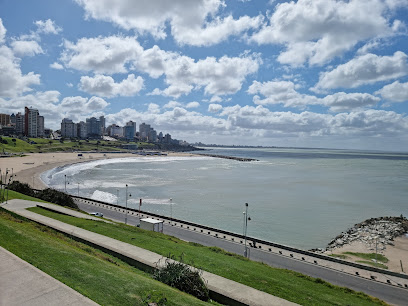
Plaza Colón
Explore the beauty of Plaza Colón, a serene state park in Mar del Plata, perfect for relaxation, cultural events, and family fun amidst stunning landscapes.
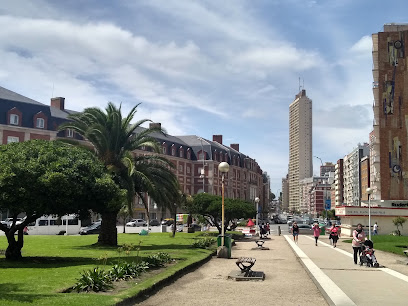
Puerto de Mar del Plata
Discover the vibrant atmosphere and breathtaking views at Puerto de Mar del Plata, the heart of Argentine fishing culture on the Atlantic coast.
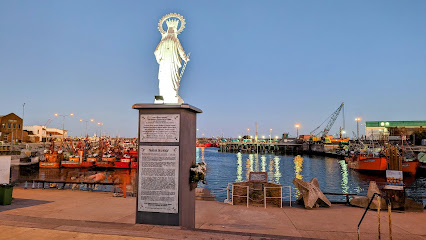
Torreón del Monje
Experience the rich flavors and breathtaking views at Torreón del Monje, Mar del Plata's historic restaurant by the sea.
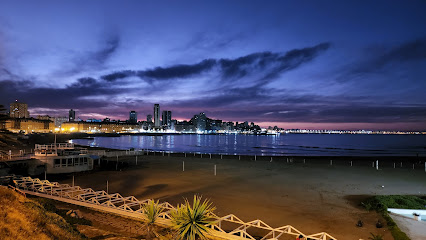
Plaza Mitre
Explore Plaza Mitre, a vibrant park in Mar del Plata, where nature meets culture in a picturesque setting perfect for relaxation and leisure.
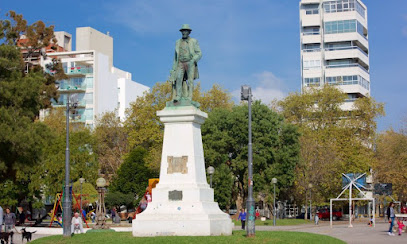
Plaza España
Discover the beauty and tranquility of Plaza España in Mar del Plata, a cultural gem perfect for relaxation and exploration amidst lush greenery.
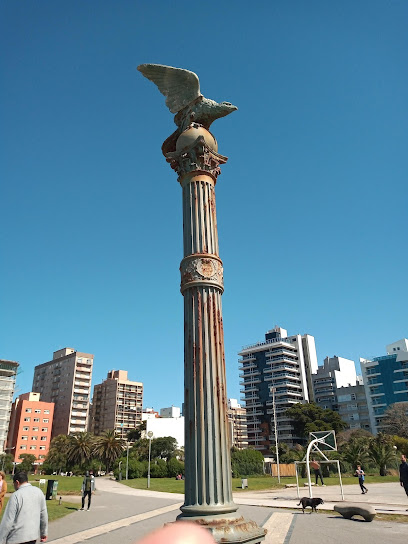
San Martín Park
Discover the serene beauty of San Martín Park in Mar del Plata, a tranquil escape with vibrant gardens, recreational facilities, and picturesque landscapes.
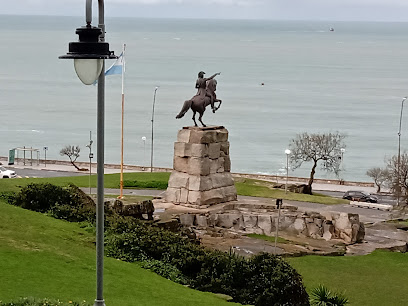
Gruta de los Pañuelos
Discover the serene beauty and spiritual significance of Gruta de los Pañuelos in Mar del Plata's enchanting Sierra de los Padres.
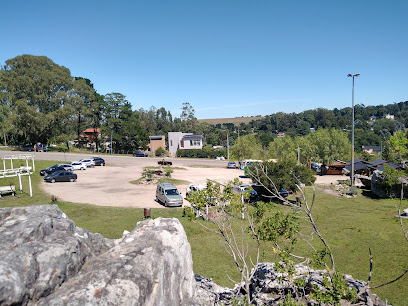
Torre Tanque
Explore Torre Tanque, an iconic water tower in Mar del Plata, offering stunning views and rich history in a beautiful coastal setting.
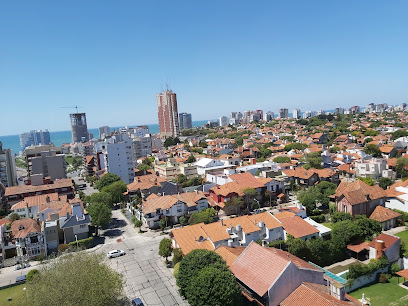
Basílica de los Santos Pedro y Cecilia
Explore the breathtaking Basílica de los Santos Pedro y Cecilia, a neo-Gothic marvel in Mar del Plata, showcasing rich history and stunning architecture.
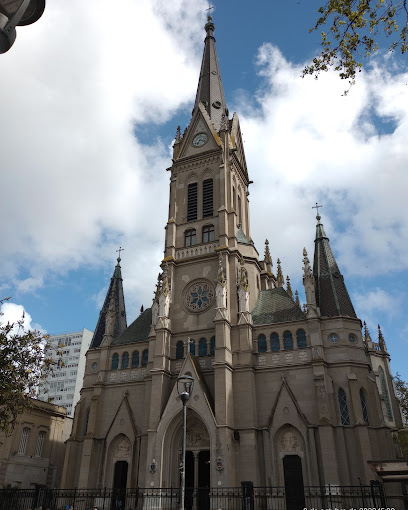
Aquarium
Explore the vibrant underwater world at the Aquarium in Mar del Plata, home to diverse marine life and conservation education.
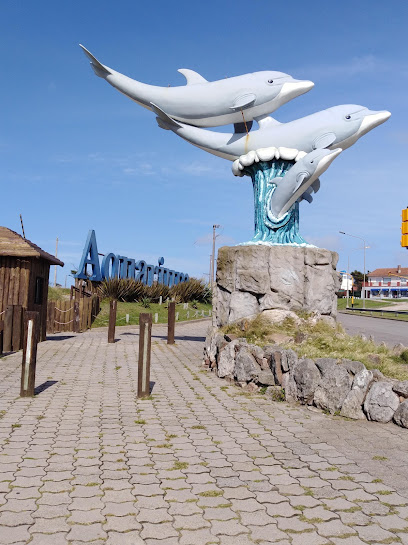
Centro Cultural Villa Victoria Ocampo
Explore the cultural gem of Mar del Plata at Centro Cultural Villa Victoria Ocampo, where art, history, and nature beautifully converge.
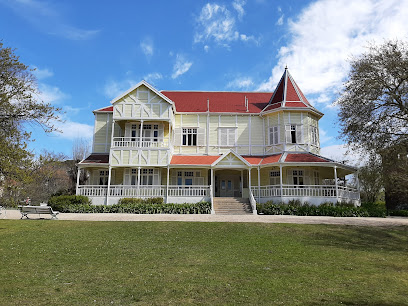
Plaza del Agua
Discover the beauty and tranquility of Plaza del Agua, a lush city park in Mar del Plata, perfect for relaxation, picnics, and enjoying nature.
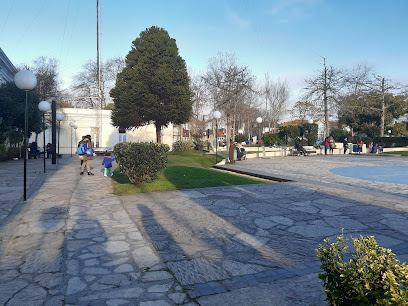
Reserva de lobos marinos del puerto de Mar del Plata
Experience the breathtaking Sea Lion Reserve in Mar del Plata, a spectacular nature preserve where marine life thrives along the stunning Atlantic coastline.
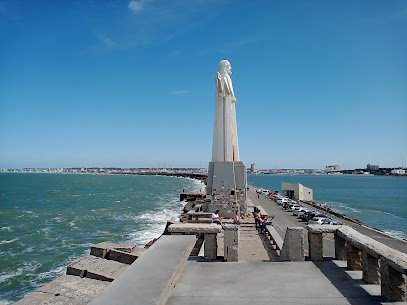
Plaza Pueyrredon - Barrio Nueva Pompeya
Explore Plaza Pueyrredon: A serene park in Barrio Nueva Pompeya, Mar del Plata, perfect for relaxation, picnics, and cultural experiences.
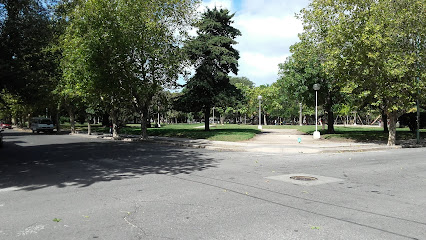
Unmissable attractions to see
Varese Beach
Discover the tranquility of Varese Beach in Mar del Plata, where golden sands meet serene waters for a perfect coastal escape.
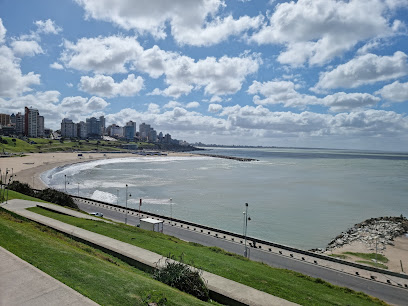
Plaza Colón
Experience the vibrant atmosphere and historical significance of Plaza Colón, a top tourist attraction in Mar del Plata, Argentina.
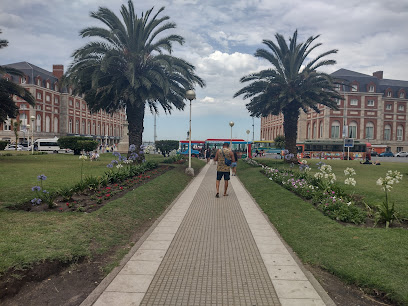
Grand Beach
Experience the vibrant atmosphere and stunning beauty of Grand Beach in Mar del Plata, the perfect coastal getaway in Argentina.
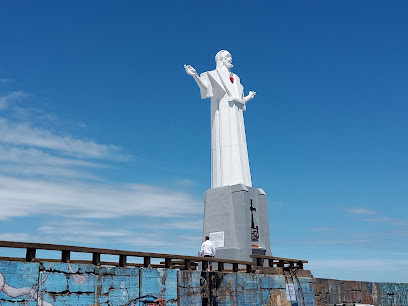
Puerto de Mar del Plata
Experience the vibrant atmosphere of Puerto de Mar del Plata, a charming fishing pier with stunning ocean views and fresh seafood delights.
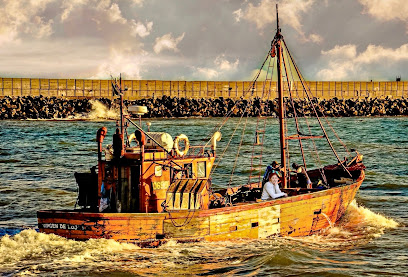
Torreón del Monje
Discover the charm of Torreón del Monje in Mar del Plata, where stunning ocean views meet delightful dining and rich cultural experiences.
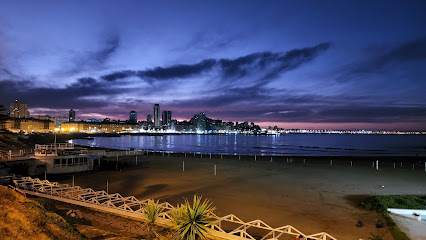
Provincial Museum of Contemporary art MAR
Explore the Provincial Museum of Contemporary Art MAR in Mar del Plata for an enriching cultural experience showcasing modern creativity and artistic expression.
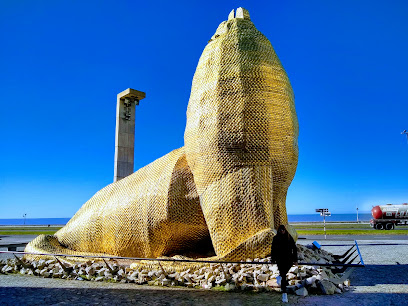
Reserva Forestal Bosque Peralta Ramos
Explore the serene beauty and diverse wildlife of Reserva Forestal Bosque Peralta Ramos, a nature preserve in Mar del Plata perfect for outdoor enthusiasts.
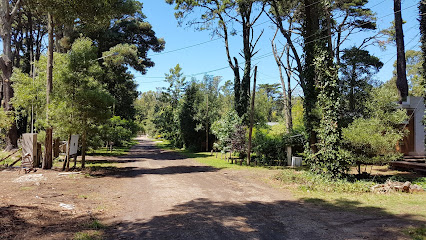
Plaza España
Explore Plaza España in Mar del Plata, a serene city park featuring lush greenery, stunning sculptures, and a vibrant atmosphere perfect for relaxation.
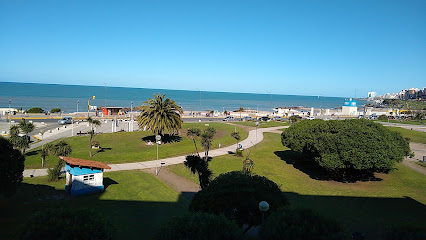
San Martín Park
Experience the tranquility and beauty of San Martín Park, a lush urban oasis in Mar del Plata, perfect for relaxation and family fun.
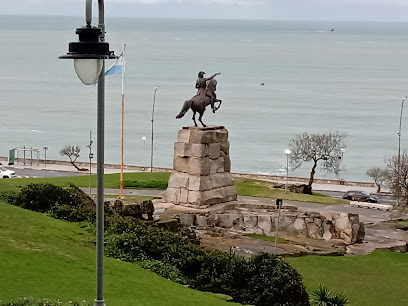
Gruta de los Pañuelos
Discover the breathtaking beauty and spiritual tranquility of Gruta de los Pañuelos in Sierra de los Padres, a must-visit destination near Mar del Plata.
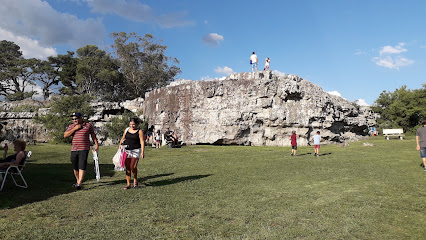
Basílica de los Santos Pedro y Cecilia
Experience the breathtaking beauty and rich history of Basílica de los Santos Pedro y Cecilia, a must-visit Catholic cathedral in Mar del Plata.
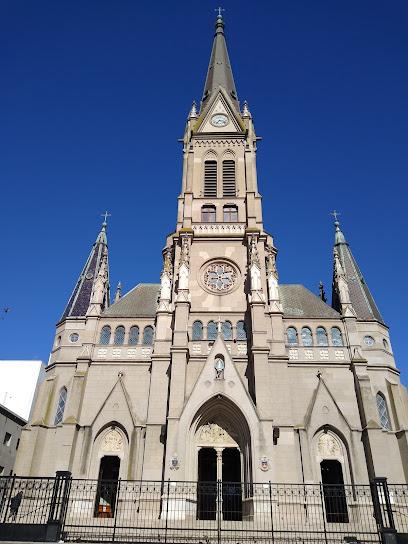
Torre Tanque
Discover the historic Torre Tanque in Mar del Plata, a stunning landmark with breathtaking views and rich cultural significance.
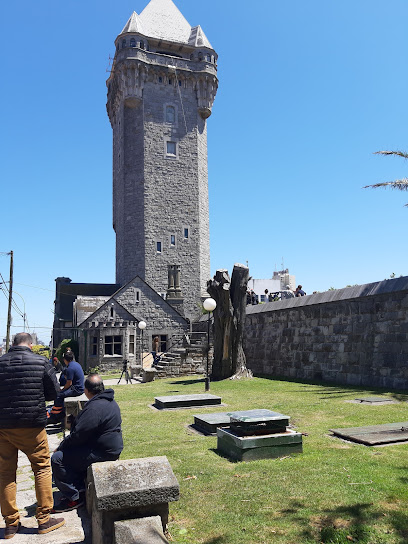
Aquarium
Discover the enchanting Aquarium in Mar del Plata, a captivating destination where marine wonders await every visitor.
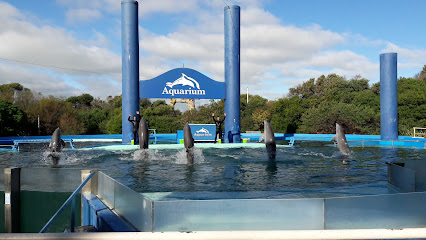
Centro Cultural Villa Victoria Ocampo
Explore the artistic heritage of Mar del Plata at the Centro Cultural Villa Victoria Ocampo, a cultural center in a historic villa dedicated to art and literature.
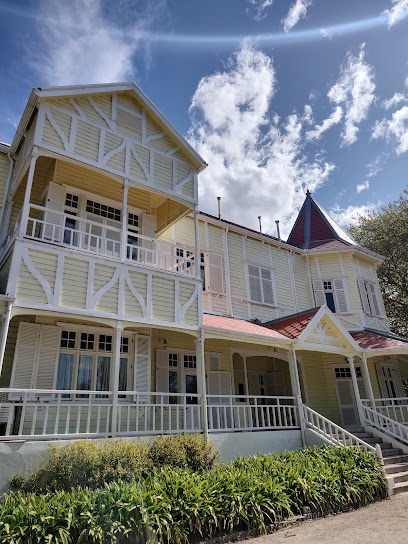
Bosque Energético
Immerse yourself in the lush landscapes and vibrant ecosystems of Bosque Energético in Buenos Aires Province, a top destination for nature lovers and outdoor adventures.
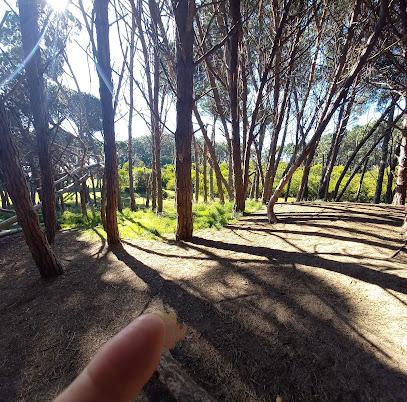
Essential places to dine
Manolo
Experience the iconic flavors of Argentina at Manolo in Mar del Plata – home to irresistible churros and delightful local dishes.
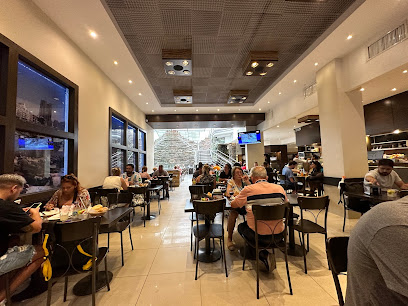
Torreón del Monje
Discover culinary delights and stunning ocean views at Torreón del Monje in Mar del Plata – where every meal becomes an unforgettable experience.
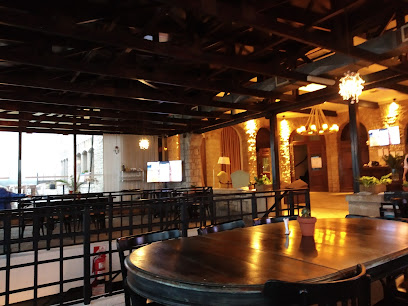
Montecatini Colón
Discover authentic Argentinian cuisine at Montecatini Colón in Mar del Plata—where every meal is a celebration of flavor.
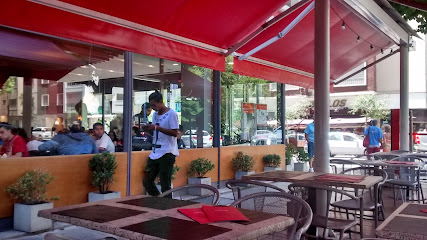
Tío Curzio
Discover Tío Curzio in Mar del Plata - where traditional Argentine flavors meet modern culinary artistry in an inviting atmosphere.
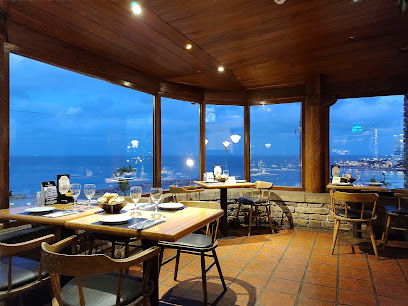
Zafarrancho
Experience authentic Argentinian cuisine at Zafarrancho in Mar del Plata—where flavors come alive amidst warm hospitality.
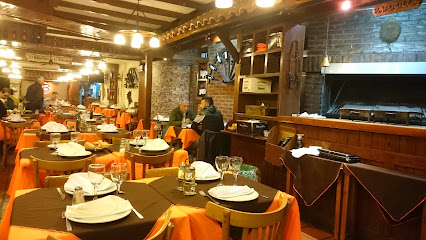
Punto y Banca Bar-Restaurante
Experience authentic seafood and local flavors at Punto y Banca Bar-Restaurante in Mar del Plata - a culinary delight for every traveler.
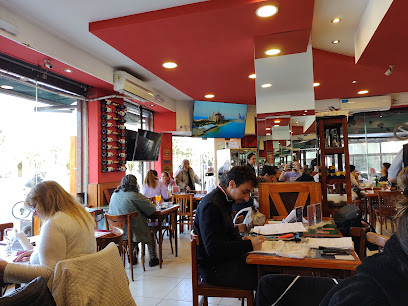
Mirador Waikiki
Experience exquisite seafood and breathtaking views at Mirador Waikiki in Mar del Plata—an essential stop for food lovers.
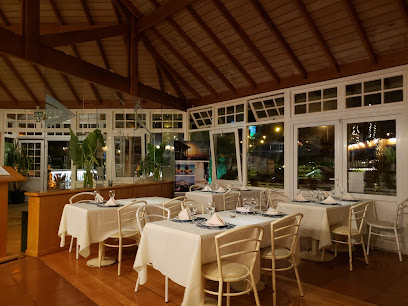
Dopo
Discover authentic Italian cuisine at Dopo in Mar del Plata—home to delicious pizzas and exceptional meal delivery service.
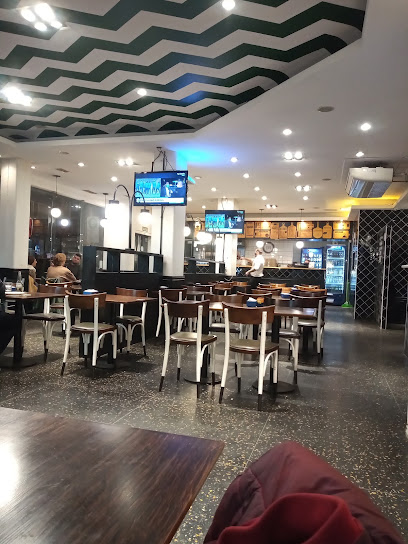
La Taberna de Papá
Discover La Taberna de Papá in Mar del Plata - A must-visit restaurant offering authentic Argentine cuisine and a warm atmosphere.
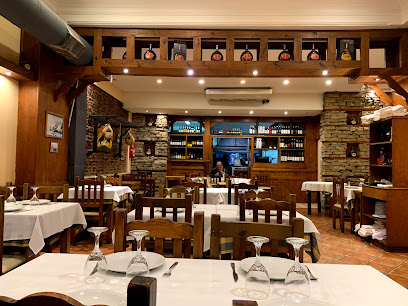
El Palacio del Bife - Restaurant
Experience the best Argentine chophouse at El Palacio del Bife in Mar del Plata—where tradition meets modern culinary artistry.
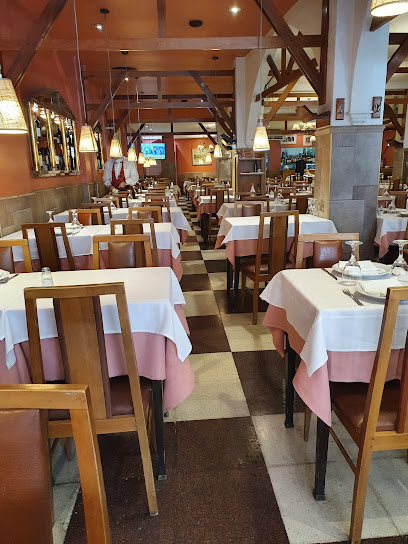
Alito Restaurant Marisquería
Experience fresh seafood delights at Alito Restaurant Marisquería in Mar del Plata - where every dish tells a story of the ocean.
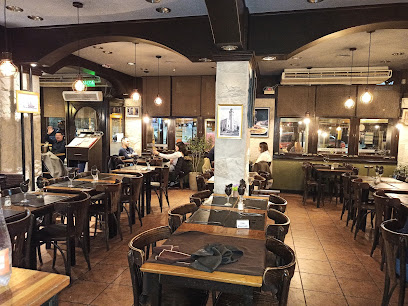
Torombolo
Experience the best fusion of American and Mexican flavors at Torombolo in Mar del Plata's Playa Grande - A must-visit culinary destination.
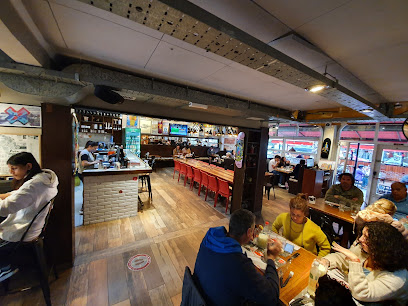
Sur Restaurant
Experience the essence of Argentinian cuisine at Sur Restaurant in Mar del Plata, where family-friendly dining meets authentic flavors.
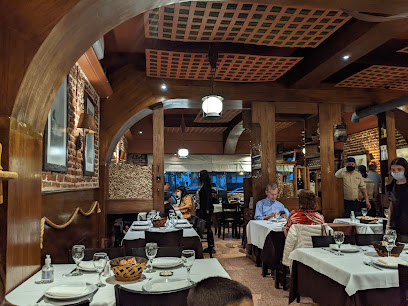
Viento en Popa
Experience the best of Argentine seafood at Viento en Popa in Mar del Plata - where fresh flavors meet warm hospitality.
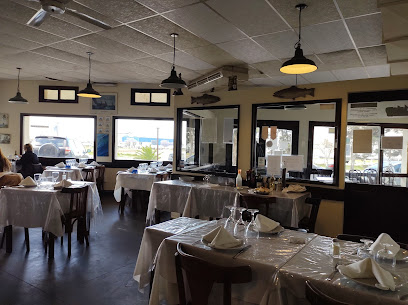
Cocina Mamá Restaurant
Experience authentic Argentine cuisine at Cocina Mamá Restaurant in Mar del Plata – where tradition meets modern culinary artistry.
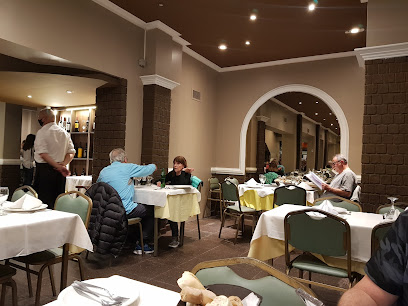
Markets, malls and hidden boutiques
Shopping Paseo Aldrey
Discover Shopping Paseo Aldrey, a vibrant shopping mall in Mar del Plata, where style, taste, and entertainment blend seamlessly for an unforgettable experience.
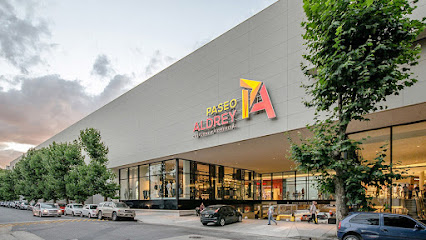
Los Gallegos Shopping
Explore Los Gallegos Shopping in Mar del Plata for a unique blend of shopping, dining, and entertainment that caters to every visitor's desires.
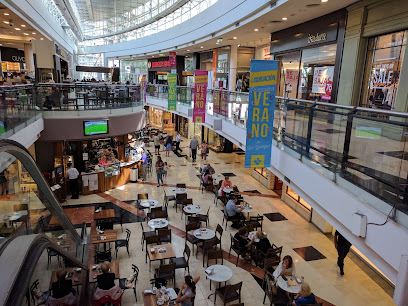
Shopping Peatonal
Explore Shopping Peatonal in Mar del Plata: A vibrant shopping destination filled with local boutiques, dining options, and cultural experiences.
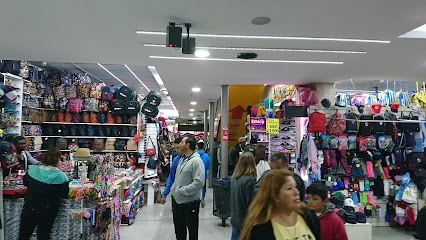
Centro Comercial del Puerto
Explore the vibrant Centro Comercial del Puerto in Mar del Plata, where shopping, dining, and entertainment come together for an unforgettable experience.
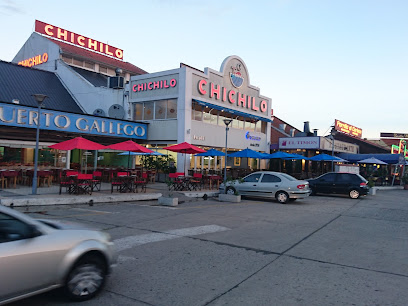
Florida Premium Outlet
Explore Florida Premium Outlet in Mar del Plata for unbeatable deals on top brands, delicious dining, and an unforgettable shopping experience.
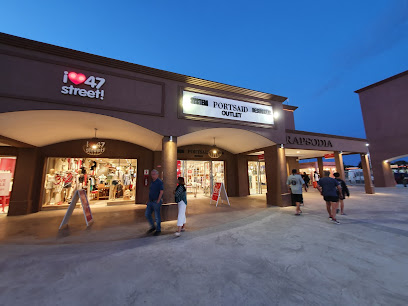
Aquarium
Experience the magic of marine life at the Mar del Plata Aquarium, a thrilling blend of education and fun in Buenos Aires Province.

Sacoa
Experience the thrill of gaming at Sacoa, Mar del Plata's top video arcade, featuring classic and modern games for all ages in a lively environment.
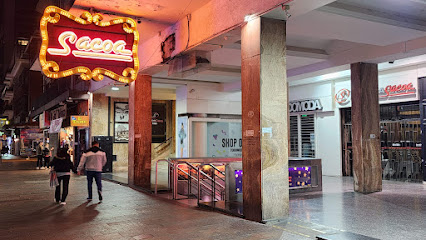
Los Gallegos Tienda Luro
Explore Los Gallegos Tienda Luro, a vibrant shopping mall in Mar del Plata, blending retail, dining, and culture for an unforgettable experience.
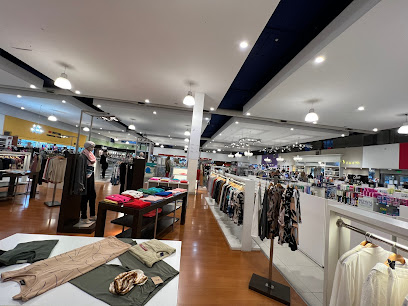
Los Gallegos Tienda
Explore a vibrant shopping experience at Los Gallegos Tienda in Mar del Plata, where retail therapy meets local flavor and entertainment.
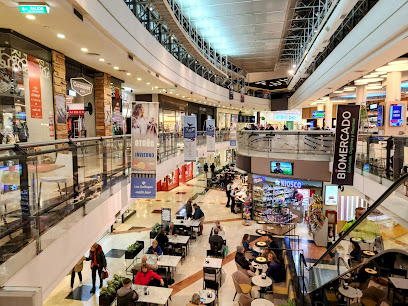
Lafayette Shopping Mall
Discover the vibrant Lafayette Shopping Mall in Mar del Plata - your go-to destination for shopping, dining, and entertainment in Argentina.
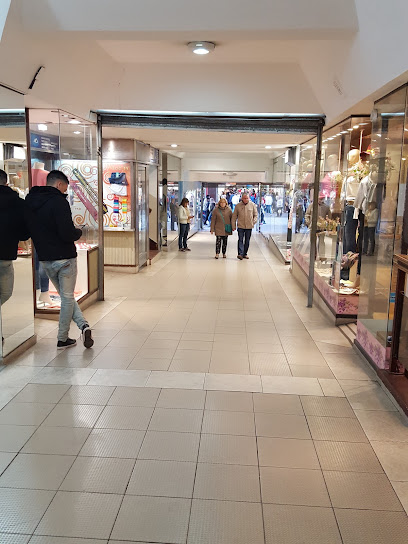
Centro de Compras Comunitarias Puerto
Explore the vibrant shopping experience at Centro de Compras Comunitarias Puerto in Mar del Plata, where local culture meets modern retail.
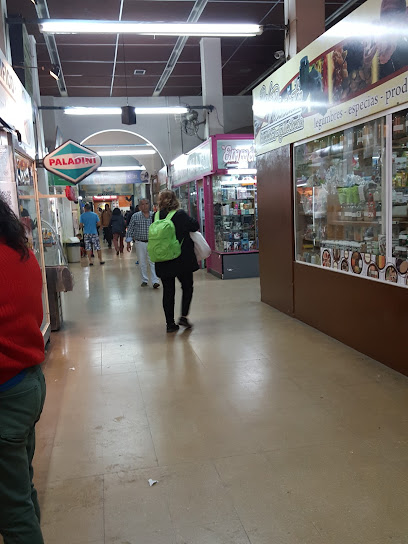
Mar Del Plata
Experience the best of shopping and dining in the heart of Mar Del Plata's vibrant coastal scene, where local culture meets international flair.

Mall
Explore Mar del Plata's vibrant shopping mall, where local culture meets global brands in an exciting retail experience.
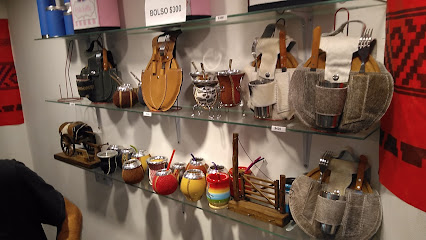
Galería Sáo
Explore Galería Sáo, Mar del Plata's lively shopping mall, blending local culture with a variety of shops and dining options for every traveler.

Los Dulces de Paola
Discover the sweet side of Mar del Plata at Los Dulces de Paola, your go-to destination for artisanal chocolates and delicious candies.
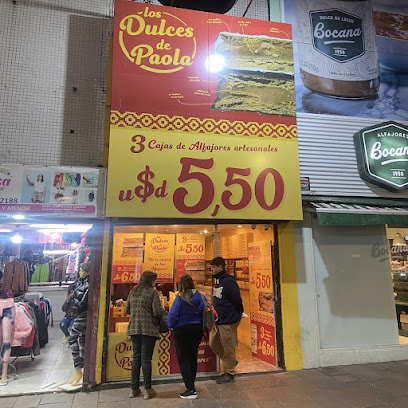
Essential bars & hidden hideouts
Central Station Bar
Experience the vibrant atmosphere of Central Station Bar in Mar del Plata, where drinks and delicious bites meet lively nightlife.
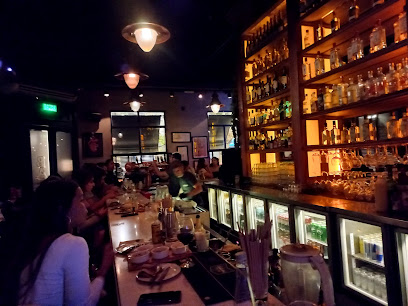
Fichin - Bar de Fichines
Experience the vibrant cocktail culture at Fichin, Mar del Plata's premier cocktail bar, where creativity meets a lively atmosphere.
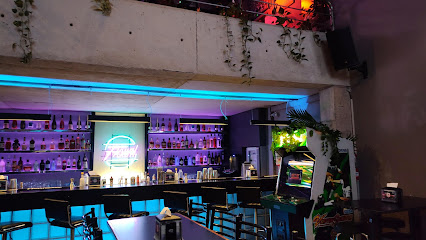
Tiki Bar MDQ
Experience Tiki Bar MDQ in Mar del Plata - where tropical vibes meet exotic cocktails in a lively atmosphere.
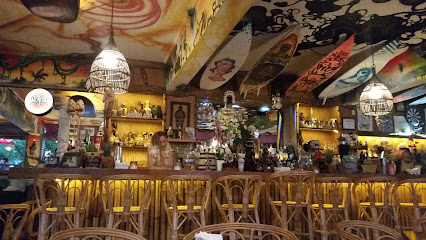
Proyecto Bar
Discover the vibrant flavors of Argentine cuisine at Proyecto Bar, a top grill restaurant in Mar del Plata, perfect for food lovers and social gatherings.

Hoffen
Discover the flavors of Mar del Plata at Hoffen, a vibrant grill and pub offering delicious food and a wide selection of local beers.
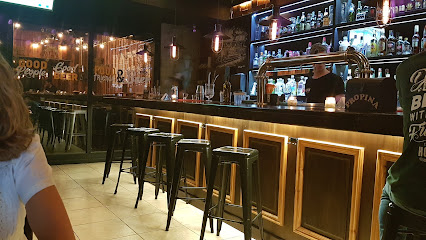
Dickens Pub
Discover the vibrant nightlife at Dickens Pub in Mar del Plata, where live music and local flavors create an unforgettable experience.
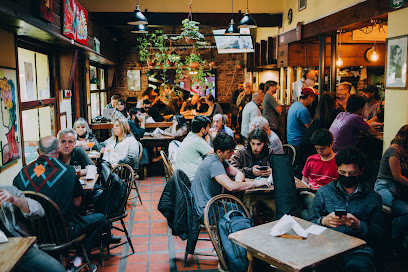
Botellas Bar
Discover the vibrant spirit of Mar del Plata at Botellas Bar, where exceptional drinks and a lively atmosphere create unforgettable memories.
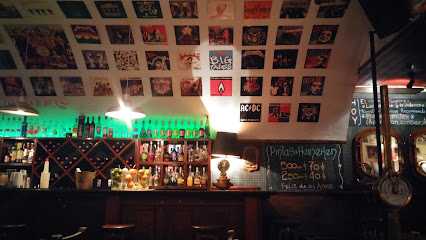
The Clue hidden bar
Experience the captivating ambiance and innovative cocktails at The Clue Hidden Bar in Mar del Plata, Argentina's vibrant nightlife hub.
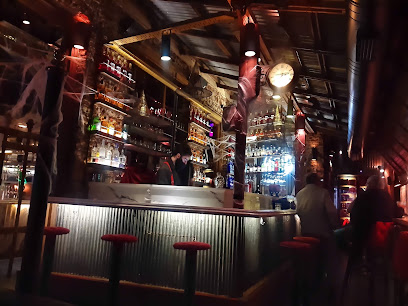
The Combirrita Bar
Discover the heart of Mar del Plata at The Combirrita Bar, where craft beer and delicious cuisine create unforgettable memories.
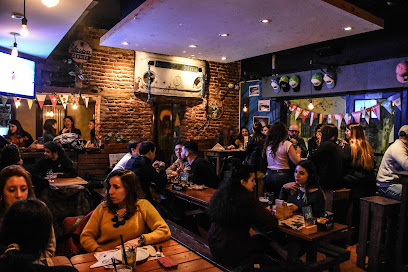
Wallace BARRIO MITER
Discover the vibrant nightlife at Wallace BARRIO MITER, Mar del Plata's favorite bar for cocktails, music, and mingling.
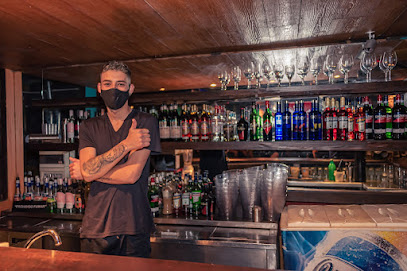
El Patio
Discover the vibrant nightlife of Mar del Plata at El Patio, a live music bar where local talent and great drinks meet.
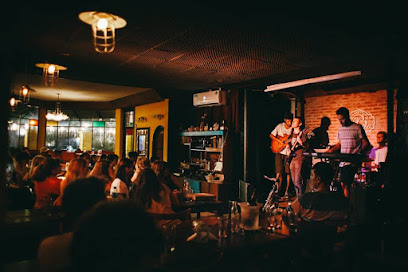
Albor Cafe Bar
Experience the perfect blend of local flavors and modern cuisine at Albor Cafe Bar in Mar del Plata, where every meal is a celebration.
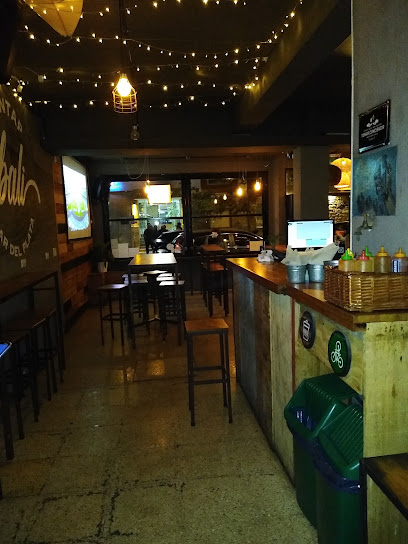
Viccenza Pub
Discover the vibrant atmosphere of Viccenza Pub, a lively bar and pool hall in Mar del Plata, perfect for a night of fun and socializing.
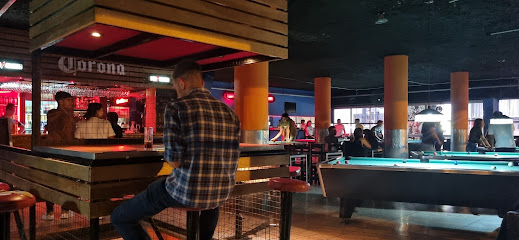
Never Mind Bar
Experience the vibrant nightlife at Never Mind Bar, Mar del Plata's hotspot for cocktails, music, and unforgettable evenings.
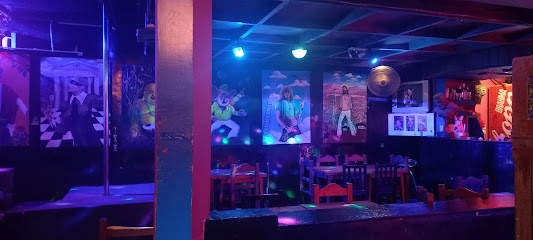
Walker
Discover the energetic nightlife of Mar del Plata at Walker Bar, where delicious food meets vibrant disco fun!

Local Phrases
-
- HelloHola
[oh-lah] - GoodbyeChau
[chow] - YesSí
[see] - NoNo
[noh] - Please/You're welcomePor favor/De nada
[por fah-vor/de nah-dah] - Thank youGracias
[grah-syas] - Excuse me/SorryPerdón
[pair-dohn] - How are you?¿Cómo estás?
[koh-moh ehs-tahs] - Fine. And you?Bien. ¿Y vos?
[byen. ee vohs] - Do you speak English?¿Hablás inglés?
[ah-blahs een-glehs] - I don't understandNo entiendo
[noh ehn-tee-ehn-doh]
- HelloHola
-
- I'd like to see the menu, pleaseMe gustaría ver el menú, por favor
[meh goos-tah-ree-ah vehr ehl meh-noo, por fah-vor] - I don't eat meatNo como carne
[noh koh-moh kahr-neh] - Cheers!¡Salud!
[sah-lood] - I would like to pay, pleaseQuisiera pagar, por favor
[kee-see-eh-rah pah-gahr, por fah-vor]
- I'd like to see the menu, pleaseMe gustaría ver el menú, por favor
-
- Help!¡Ayuda!
[ah-yoo-dah] - Go away!¡Andate!
[ahn-dah-teh] - Call the Police!¡Llamá a la policía!
[yah-mah ah lah poh-lee-see-ah] - Call a doctor!¡Llamá a un médico!
[yah-mah ah oon meh-dee-koh] - I'm lostEstoy perdido
[ehs-toy pair-dee-doh] - I'm illEstoy enfermo
[ehs-toy ehn-fehr-moh]
- Help!¡Ayuda!
-
- I'd like to buy...Me gustaría comprar...
[meh goos-tah-ree-ah kohm-prahr] - I'm just lookingSólo estoy mirando
[soh-loh ehs-toy mee-rahn-doh] - How much is it?¿Cuánto cuesta?
[kwan-toh kwehs-tah] - That's too expensiveEso es demasiado caro
[eh-soh ehs deh-mah-see-ah-doh kah-roh] - Can you lower the price?¿Puede bajar el precio?
[pweh-deh bah-har ehl pree-syoh]
- I'd like to buy...Me gustaría comprar...
-
- What time is it?¿Qué hora es?
[keh oh-rah ehs] - It's one o'clockEs la una en punto
[ehs lah oo-nah ehn poon-toh] - Half past (10)Y media (10)
[ee meh-dee-ah (diez)] - MorningMañana
[mah-nyah-nah] - AfternoonTarde
[tahr-deh] - EveningNoche
[noh-cheh] - YesterdayAyer
[ah-yehr] - TodayHoy
[oy] - TomorrowMañana
[mah-nyah-nah] - 1Uno
[oo-noh] - 2Dos
[dohs] - 3Tres
[trehs] - 4Cuatro
[kwah-troh] - 5Cinco
[seen-koh] - 6Seis
[says] - 7Siete
[syeh-teh] - 8Ocho
[oh-choh] - 9Nueve
[nweh-veh] - 10Diez
[dyehs]
- What time is it?¿Qué hora es?
-
- Where's a/the...?¿Dónde está un/el...?
[dohn-deh ehs-tah oon/ehl] - What's the address?¿Cuál es la dirección?
[kwal ehs lah dee-rehk-syon] - Can you show me (on the map)?¿Me podés mostrar (en el mapa)?
[meh poh-dehs mohs-trahr (ehn ehl mah-pah)] - When's the next (bus)?¿Cuándo es el próximo (colectivo)?
[kwan-doh ehs ehl prohk-see-moh (koh-lehk-tee-voh)] - A ticket (to ....)Un boleto (a ....)
[oon boh-leh-toh (ah)]
- Where's a/the...?¿Dónde está un/el...?
History of Mar del Plata
-
Mar del Plata was officially founded on February 10, 1874 by Patricio Peralta Ramos. The city began as a small fishing village and quickly grew due to its strategic location by the sea and its potential as a tourist destination.
-
The arrival of the railroad in 1886 marked a significant turning point for Mar del Plata. It made the city more accessible and attracted wealthy families from Buenos Aires and other parts of Argentina, who built luxurious mansions and established the city as a premier beach resort.
-
During the 1920s to 1940s, Mar del Plata experienced its Golden Age. The city saw the construction of grand hotels, casinos, and theaters, solidifying its status as the 'Pearl of the Atlantic.' The iconic Casino Central and Hotel Provincial, designed by architect Alejandro Bustillo, were completed in this era.
-
After World War II, Mar del Plata witnessed a boom in mass tourism. The expansion of transportation networks and the rise of the middle class allowed more Argentines to enjoy vacations by the sea. The city's population and infrastructure grew rapidly to accommodate the influx of visitors.
-
In recent decades, Mar del Plata has become a hub for cultural events and festivals. The city hosts the annual Mar del Plata International Film Festival, one of the most prestigious film festivals in Latin America, and the Fiesta Nacional del Mar, celebrating the city's maritime heritage.
-
Today, Mar del Plata is a vibrant city that blends its rich history with modern amenities. It continues to be a favorite destination for tourists, offering a mix of beautiful beaches, historical landmarks, and cultural activities. The city is also known for its seafood cuisine, particularly the local specialty, 'churros with hot chocolate.'
Mar del Plata Essentials
-
Mar del Plata is located on the Atlantic coast of Argentina, about 400 kilometers south of Buenos Aires. The most convenient way to get there is by flying into Astor Piazzolla International Airport (MDQ), which receives flights from Buenos Aires and other major cities. Alternatively, several bus companies operate services from Buenos Aires and other parts of Argentina, offering a comfortable and scenic journey. Trains also run from Buenos Aires to Mar del Plata, providing a leisurely travel option.
-
Once in Mar del Plata, getting around is relatively easy. The city has an extensive public bus network, known as 'colectivos', which is both affordable and efficient. Taxis and ride-sharing services like Uber are also readily available. Renting a car is an option if you plan to explore areas outside the city, but within Mar del Plata, public transport and walking are often sufficient.
-
The official currency in Argentina is the Argentine Peso (ARS). Credit cards are widely accepted in hotels, restaurants, and larger shops, but it's advisable to carry cash for smaller establishments and markets. ATMs are plentiful, but be mindful of withdrawal limits and fees. Currency exchange services are available at banks and dedicated exchange offices.
-
Mar del Plata is generally a safe city for tourists, but like any other destination, it's important to stay vigilant. Avoid walking alone at night in poorly lit areas and be cautious in crowded places where pickpocketing can occur. Areas like the port and certain neighborhoods in the outskirts may have higher crime rates, so it's best to stay within well-known tourist areas.
-
In case of emergencies, dial 911 for police, ambulance, or fire services. Hospitals and clinics in Mar del Plata offer good medical care, but it's advisable to have travel insurance that covers medical emergencies. Pharmacies are plentiful and can provide over-the-counter medications for minor health issues.
-
Fashion: Do dress casually but neatly; beachwear is acceptable at the beach but not in the city center. Religion: Do respect religious customs and dress modestly when visiting churches. Public Transport: Do have small change ready for bus fares and be mindful of your belongings. Greetings: Do greet people with a handshake; locals are friendly and warm. Eating & Drinking: Do try local seafood dishes and Argentine cuisine. Don't leave a small tip; tipping around 10% is customary.
-
To experience Mar del Plata like a local, start your day with a stroll along the beaches and the Rambla. Visit the local markets such as 'Feria de Artesanos' for handmade crafts and souvenirs. Engage with locals at cafes and try the traditional Argentine 'mate'. Don't miss the chance to catch a local theater show or a tango performance. For a unique experience, visit the fishing port and enjoy the freshest seafood.
Trending Landmark in Mar del Plata
-
Varese Beach
-
Plaza Colón
-
Puerto de Mar del Plata
-
Torreón del Monje
-
Plaza Mitre
-
Plaza España
-
San Martín Park
-
Gruta de los Pañuelos
-
Torre Tanque
-
Basílica de los Santos Pedro y Cecilia
-
Aquarium
-
Centro Cultural Villa Victoria Ocampo
-
Plaza del Agua
-
Reserva de lobos marinos del puerto de Mar del Plata
-
Plaza Pueyrredon - Barrio Nueva Pompeya
Nearby Cities to Mar del Plata
-
Things To Do in La Plata
-
Things To Do in Montevideo
-
Things To Do in Buenos Aires
-
Things To Do in Colonia del Sacramento
-
Things To Do in Punta del Este
-
Things To Do in Maldonado
-
Things To Do in Fray Bentos
-
Things To Do in Rosario
-
Things To Do in Tacuarembó
-
Things To Do in Córdoba
-
Things To Do in San Rafael
-
Things To Do in Mendoza
-
Things To Do in Encarnacion
-
Things To Do in Carmen del Parana
-
Things To Do in Bariloche

















